Send first 50 emails for free
Try Woodpecker for 7 days
Free access to advice on deliverability, cold emailing and more.
Try Woodpecker for 7 days

Quality cold emailing is a skill to be learned. It cannot be learned overnight. It takes months and years to learn how to write and send cold emails that work. And the learning never stops, really. It's a process of constant improvement. And during the process, you constantly look for guidance, inspiration, and advice based on experience. Below, I'm sharing with you my list of 9 cold emailing resources including books, ebooks, blogs, and a YouTube channel that are helping me in my learning process.
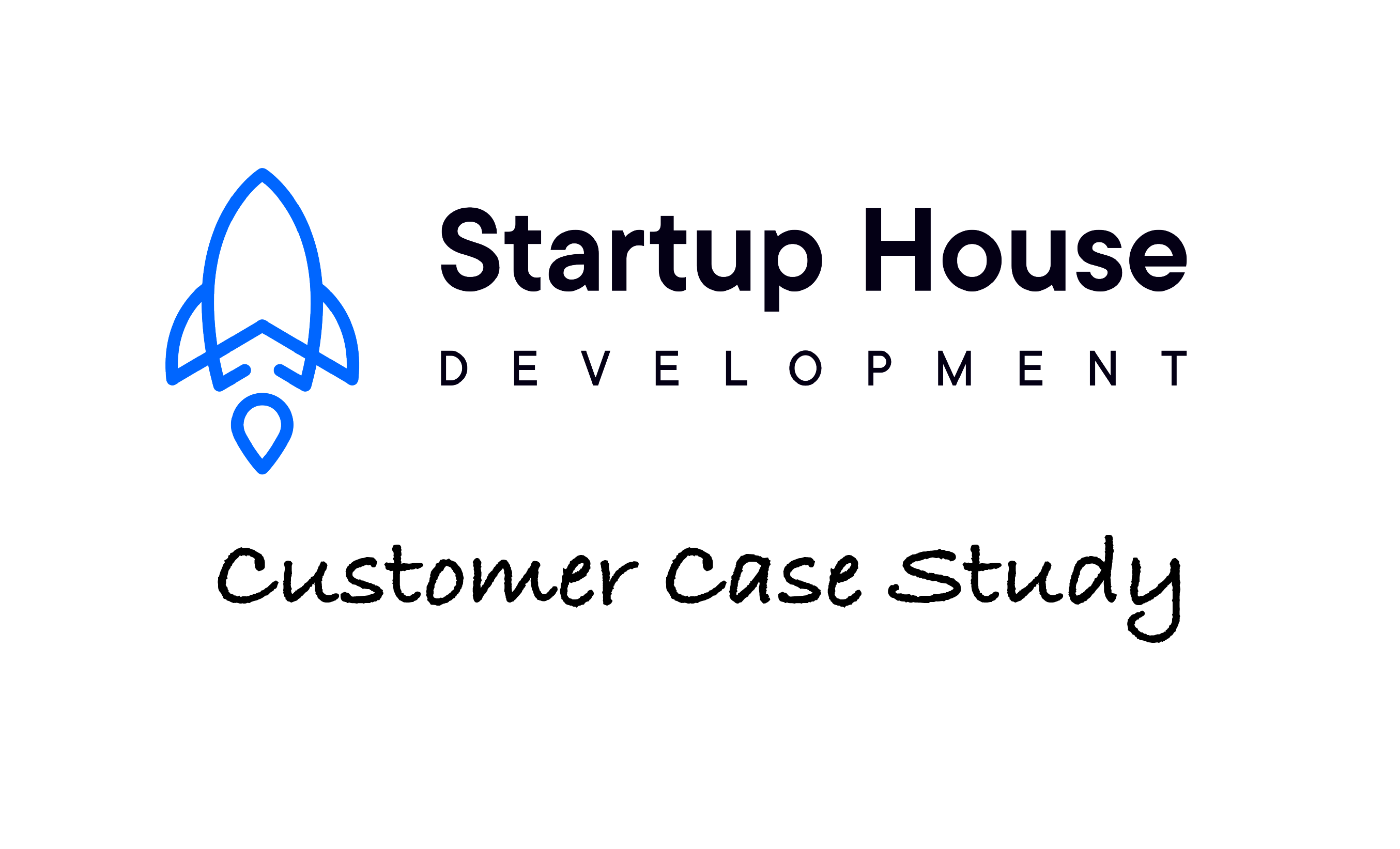
Recently I’ve had the pleasure of talking to Agata from Startup Development House. She shared how they use Woodpecker to get new valuable clients with less effort. If you run a software house, take a peak at their strategy - you might find some useful ideas that will improve the results of your outbound campaigns.
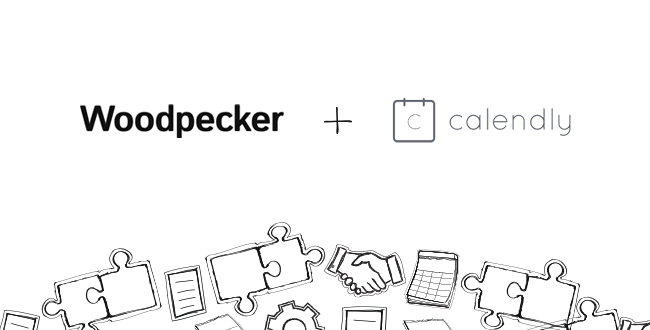
Woodpecker is now natively integrated with Calendly! It’s a very simple integration, but in this case little sure does go a long way.
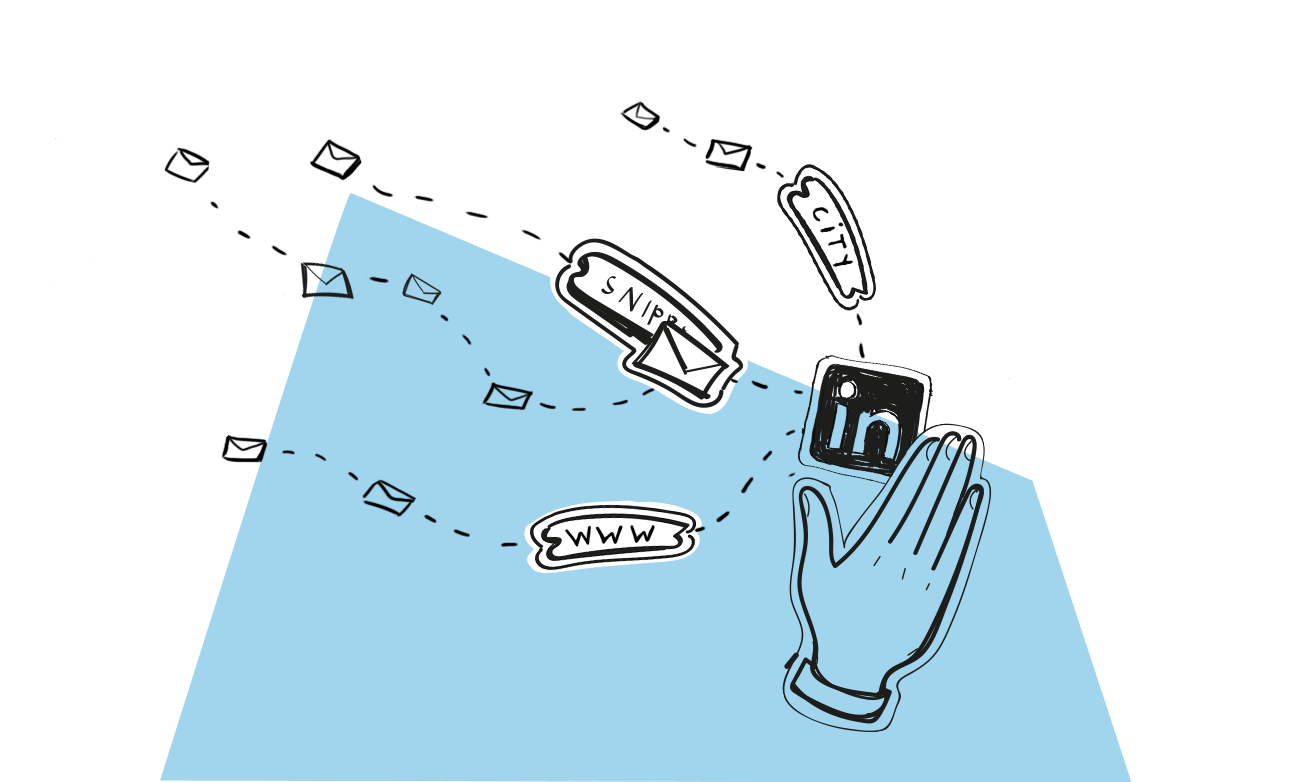
If you’re on LinkedIn, you’ve probably sent some invitations to connect. Did you write a custom note or take the easy way out and went with the default one? And how about the connection requests you got?
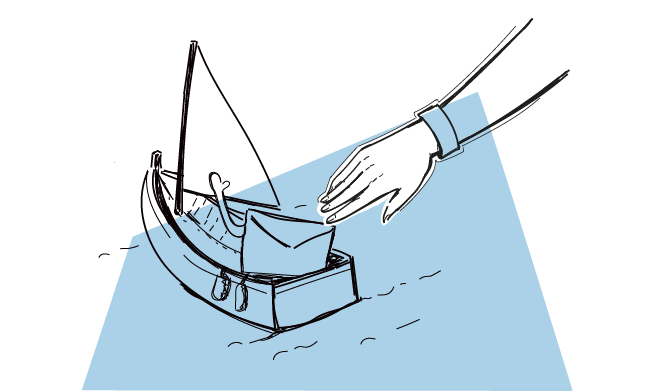
Have you ever felt frustrated when prospects haven’t replied to your emails? You’ve put so much effort and time into writing a good email, you’ve picked an email automation tool that sends like a human to help you out with sending the messages, but some prospects are still unresponsive.
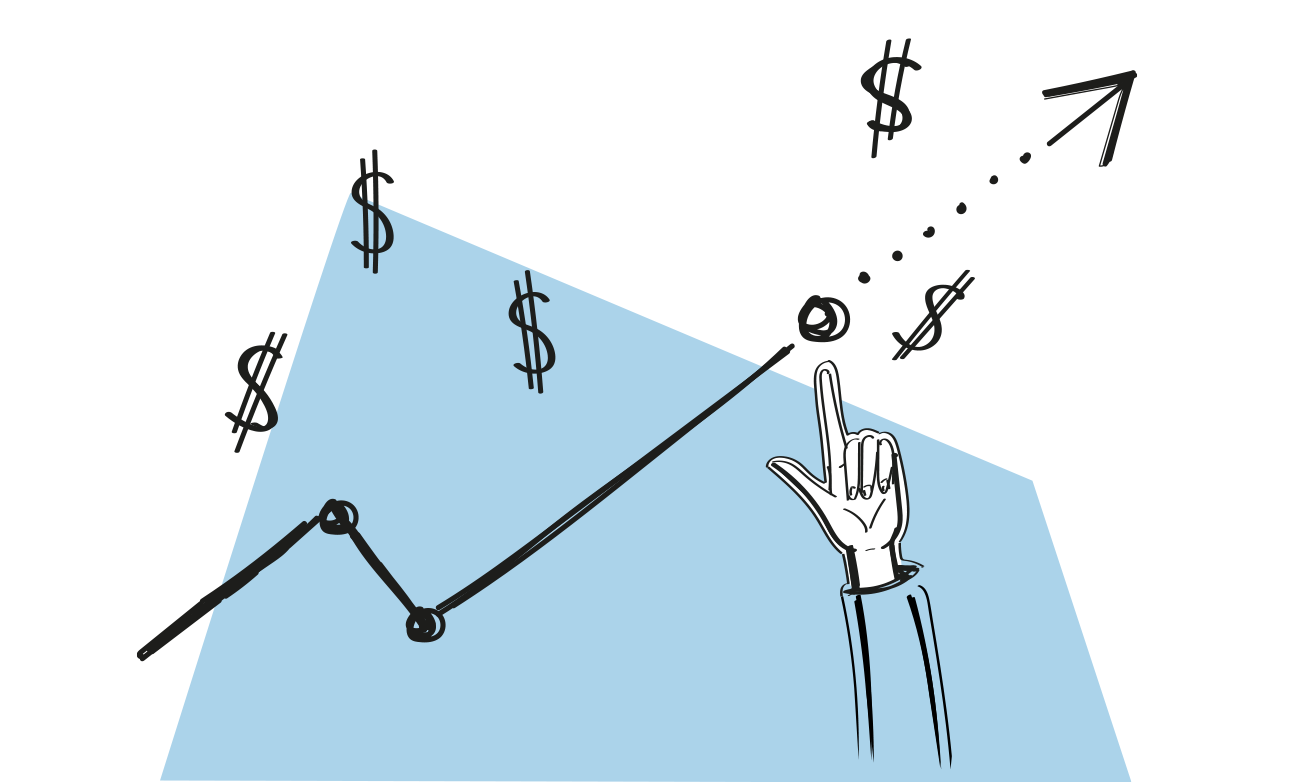
Sales forecasting offers you a glimpse into the future of your sales revenue. And which company wouldn’t want to get a sneak peek of that? Without a sales forecast you’re left guessing in the dark. There isn’t one, sure-fire way to predict sales. Instead, there are several methods that can help you make an estimation of your team’s future performance. They differ as to their advantages and disadvantages. Not all of them will work for you.

In December 2020 I did this webinar with top SaaS user onboarding expert Aaron Krall. During the webinar, Aaron analyzed the signup process of Villo, a visitor check-in software. Then, I asked him to go through their onboarding email sequence and use it to talk about what a high-converting onboarding email sequence should look like.